Sportwissenschafter
Macronutrients are important building blocks for our body. The macronutrient distribution plays an important role. You probably know them as protein, fat and carbohydrates.
In the right amount, together with moderate exercise, they maintain the healthy function of your body.
Too much unhealthy fat and carbohydrates in the form of sugar are bad. But you don’t have to give them up completely.
In this article we want to show you how macronutrients are structured, what their function is in the body and what the optimal daily intake is.
You will also learn how to calculate and influence your basal metabolic rate.
The most important facts in a nutshell:
- 1 gram of fat has 9.3 kilocalories
- 1 gram of protein contains 4.1 kilocalories
- 1 gram of carbohydrates is 4.1 kilocalories
- On average, you need 240 grams of carbohydrates, 50 grams of fats and between 48 and 60 grams of protein every day.
- The basal metabolic rate is usually between 1500 and 2200 kilocalories, depending on gender.
What are macronutrients?
Macronutrients give our body energy. They are one of the most important parts of our diet.
You need to eat protein, fat and carbohydrates in the right macronutrient distribution to maintain your health.
The nutritional value of foods such as porridge or muesli is expressed in kilocalories or joules. The individual macronutrients differ in their energy content.
When your body metabolises them, their energy is released.
What is the difference between macronutrients and micronutrients?
In addition to macronutrients, there are also micronutrients. Macronutrients alone are not enough to provide your body with optimal nutrition.
It also needs the so-called micronutrients. They differ in size, because “macro” means large and “micro” means small.
Micronutrients include vitamins, trace elements and minerals that do not provide energy. They support your immune system and cell regeneration in the body.
Without an adequate supply of them, many processes would not function properly, such as defence against pathogens or wound healing.
What macronutrients are there?
Carbohydrates, proteins and fats are macronutrients and part of a healthy diet.
You need carbohydrates for your muscles and brain. They are an important source of energy and also regulate the metabolism of proteins and fats.
Fats not only serve as flavour carriers, the body needs them for various processes. They contain twice as much energy as carbohydrates.
You need proteins to build up muscles and body cells. They are considered the body’s building material.
How should the macronutrients be distributed?
The optimal macronutrient distribution depends on the goals you are pursuing. If you want to build up muscles, your body needs a higher amount of proteins and carbohydrates.
Macronutrient ratio to stay healthy: 55-60% carbohydrates, 15-20% protein and 20-30% unsaturated fats.
The macronutrient recommendation of the German Nutrition Society (DGE) gives a visual impression of what a healthy diet looks like with the help of the food pyramid. If you follow these roughly, you should be able to avoid nutrient deficiencies.
How many carbohydrates, fat and protein per day?
How much carbohydrate, fat and protein you need per day is best explained with the basal metabolic rate. It indicates the minimum amount of energy your body needs to perform its tasks.
You can calculate the optimal amount of macronutrients. According to the 50-60% rule, you need about 5-6 grams of carbohydrates per kilogram of your body weight.
For 30% fat in your diet you need 9.3 grams per kilogram of your body weight. 15% protein is 0.8 to 1.2 grams per kilogram of body weight.
How much energy your body needs also depends on your weight, muscle size, age and gender.
Here is a macronutrient table with foods that are rich in macronutrients.
The reference quantity is one 100 gram Portion:
| Carbohydrates | Fat | Protein |
| Millet – 69 g | Olive oil – 100 g | Hemp seeds – 37 g |
| Beans – 63 g | Walnuts – 70 g | Lentils – 24 g |
| Quinoa – 60 g | Linseed – 36,50 g Chia seeds – 31 g | Kidney beans – 22g |
| Oat flakes – 58,7 g | Dark chocolate – 31,3 g | Almonds – 20 g |
| Sweetpotato – 20 g | Avocado – 12,50 g | Chickpeas 19 g |
| Brown rice – 23 g | Salmon – 12,20 g | Yoghurt 10 g |
Carbohydrates – daily requirement and effect in the body
Carbohydrates provide your body with energy. They are divided into simple and complex carbohydrates and differ mainly in their effect. If you do a lot of sport, you should eat more carbohydrates and proteins.
Women need 240 grams of carbohydrates per day to cover their energy needs of about 2000 kilocalories. Men need a little more carbohydrate, 300 grams per day. You should make sure that you eat complex carbohydrates.
Simple carbohydrates
Simple carbohydrates are mainly found in sugary foods. This includes fast food, soft drinks and sweets. They are available to the body more quickly, but at the same time they raise the blood sugar level.
This is when insulin comes into play. This serves to bring the level back to normal. Most of the time, however, the level drops so much that hypoglycaemia occurs.
As a result, you feel tired and listless or even have food cravings. Numerous studies1 have also found a link between simple carbohydrates, obesity and type 2 diabetes.
Therefore, these should only be included in your diet in moderation. It is healthier to eat only complex carbohydrates.
Complex carbohydrates
Complex carbohydrates are absorbed more slowly. This is why they are more beneficial to the body. Blood sugar rises slowly and you feel fuller for longer.
Thanks to their fibre, they also contribute to intestinal health. The digestive system needs it to eliminate unneeded ingredients more quickly.
This also reduces cravings and fatigue. You will also have a longer lasting supply of energy.
The “good” carbohydrates are found in wholemeal products, vegetables and fruit. Macronutrient plants are healthy carbohydrate bombs:
- Potatoes
- Millet
- Beans
- Quinoa
- Broccoli
- Asparagus
- Tomatoes
- Apples
- Pears
- Pineapple
- Nuts
- Oats
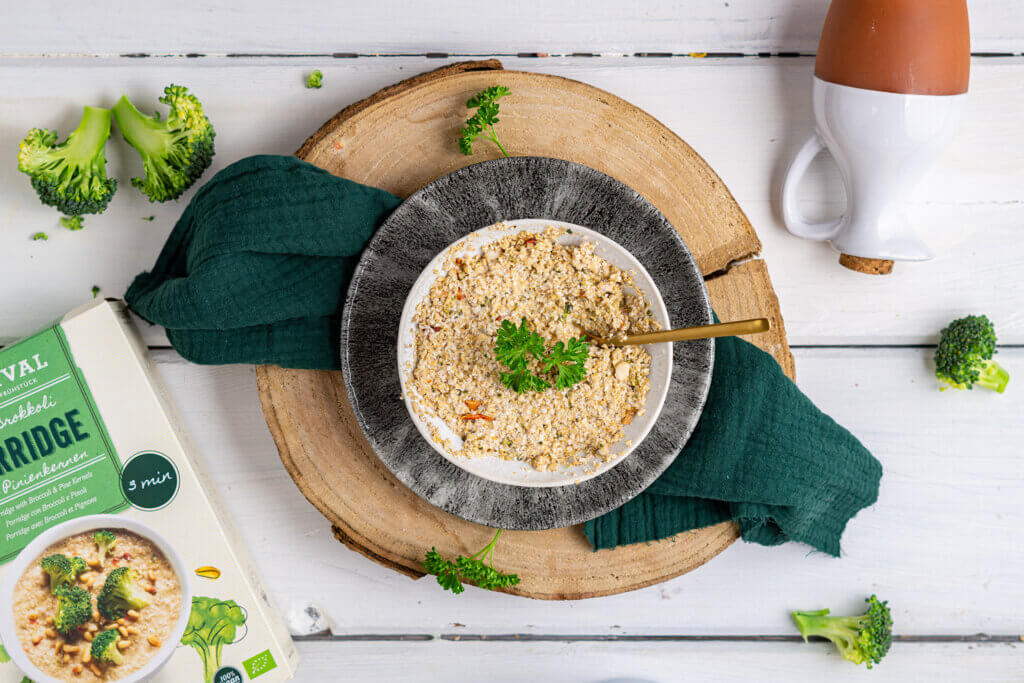
Eating mostly complex carbohydrates will help your body lose weight.
Protein – daily requirement and effect in the body
Proteins are found in plant and animal foods. Your body needs them to build muscles, cells, organ tissue and tendons.
But they also support the immune system and the regulation of hormones and enzymes. Proteins are made up of different amino acids.
Some can be produced by the body itself, others have to be supplied. According to the DGE, an adult should consume 0.8 grams of protein per kilogram of body weight.
At a body weight of 70 kilograms, this corresponds to about 56 grams; at a body weight of 60 kilograms, it is about 48 grams of protein per day. With moderate training, you need 1.2 – 1.4 grams per kilogram of body weight.
Essential amino acids
Essential amino acids are often called the building blocks of life. Among the amino acids that should be included in your diet are L-methionine, L-tryptophan, L-lysine and L-phenylalanine.
They must be available to the body in sufficient quantities in order to function optimally. They are found in legumes, nuts, meat, fish and dairy products.
Conditionally essential amino acids
Conditionally essential or semi-amino acids are formed from other amino acids. They only need to be supplied to the body if the body’s own production is not sufficient. L-arginine and L-glutamine are semi-essential amino acids.
Fat – daily requirement and effect in the body
Fats are also important for a healthy diet, but should not make up the majority of the diet. They should make up a maximum of 30 % of the diet.
The guideline values are 80 g for men and 60 g for women. A distinction is made between saturated fatty acids and monounsaturated and polyunsaturated fatty acids.
Saturated fatty acids
This form of fatty acids you form yourself from glucose or proteins. These are the rather unhealthy fatty acids.
They are found in butter, lard and meat products. Saturated fatty acids are almost not present at all in plants.
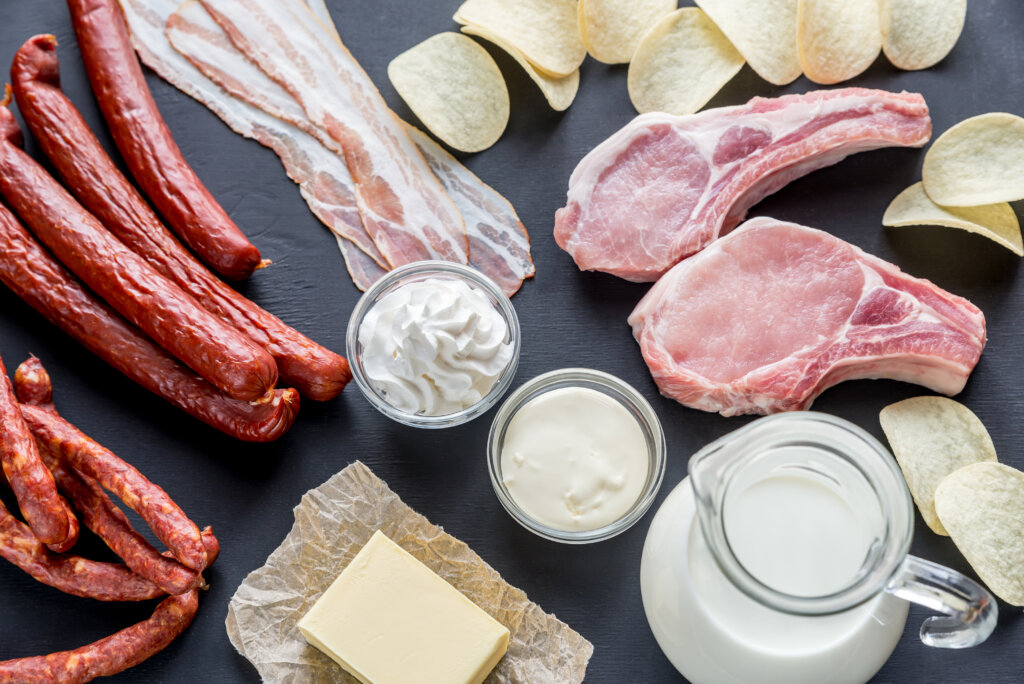
Monounsaturated and polyunsaturated fatty acids
Monounsaturated and polyunsaturated fatty acids can be partly produced by your body from other nutrients. Therefore, they must be taken in through the diet.
Two-thirds of your total fat intake should come from these fatty acids. Unsaturated fatty acids are found in nuts, vegetable oils, oil fruits and seeds, and fatty fish.
Trans fatty acids
Trans fats belong to the group of unsaturated fatty acids, but they are probably harmful to health. They are found in industrially produced foods or are produced by heating oil strongly.
How much energy does the body need per day?
How much energy is needed always has to be considered individually. The DGE specifies 2200 calories for men and 1900 calories for women as the daily requirement.
This is based on a BMI of 22 with low physical activity.
Basal metabolic rate
The basal metabolic rate tells you the minimum amount of energy your body needs at rest.
If you build up muscles, your basal metabolic rate will also increase. The basal metabolic rate can be calculated using height, age and gender.
Metabolic rate
The power metabolic rate tells you how much energy your body needs to perform.
Since the amount of daily muscle work depends on the work and exercise, this is also considered individually. It is divided into five groups:
- only sitting or lying down
- almost exclusively sitting
- predominantly sitting, with additional standing/walking activities
- predominantly standing or walking activity
- physically strenuous occupational activity or professional athlete.
Any activity that exceeds the basal metabolic rate consumes additional energy. It is difficult to calculate exactly, as it is based on a subjective assessment of one’s own performance. The total basal metabolic rate results from the basal metabolic rate and the power metabolic rate.
Heat generation through energy – thermogenesis
Thermogenesis is the generation of heat through metabolic processes in the body. Excess energy is burned and released as heat.
You can support this process through activities that require a lot of energy. Endurance and strength training are suitable for this. Plenty of water and spicy food also boosts the metabolism.
Conclusion
A healthy diet with carbohydrates, fats and proteins is important. If you want to build muscle or lose weight, you can’t do without it.
Fats have a bad reputation, but the right type and amount of healthy fats have no impact on your health and are essential for your body.
Unsaturated fats from plants are even beneficial for physical performance.
- 1.Schulze MB. Sugar-Sweetened Beverages, Weight Gain, and Incidence of Type 2 Diabetes in Young and Middle-Aged Women. JAMA. Published online August 25, 2004:927. doi:10.1001/jama.292.8.927
Recommended articles






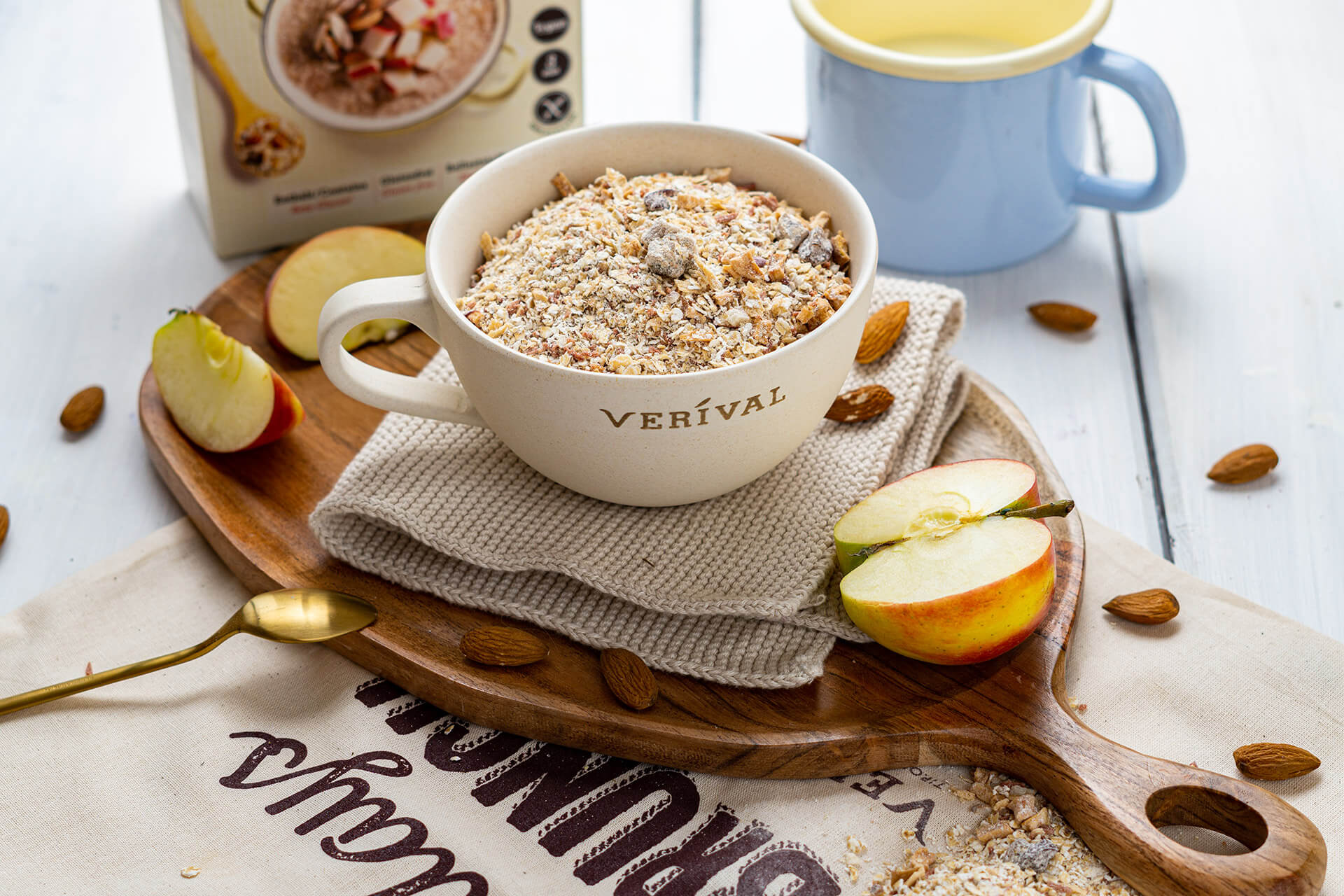
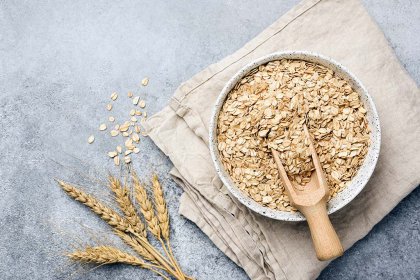
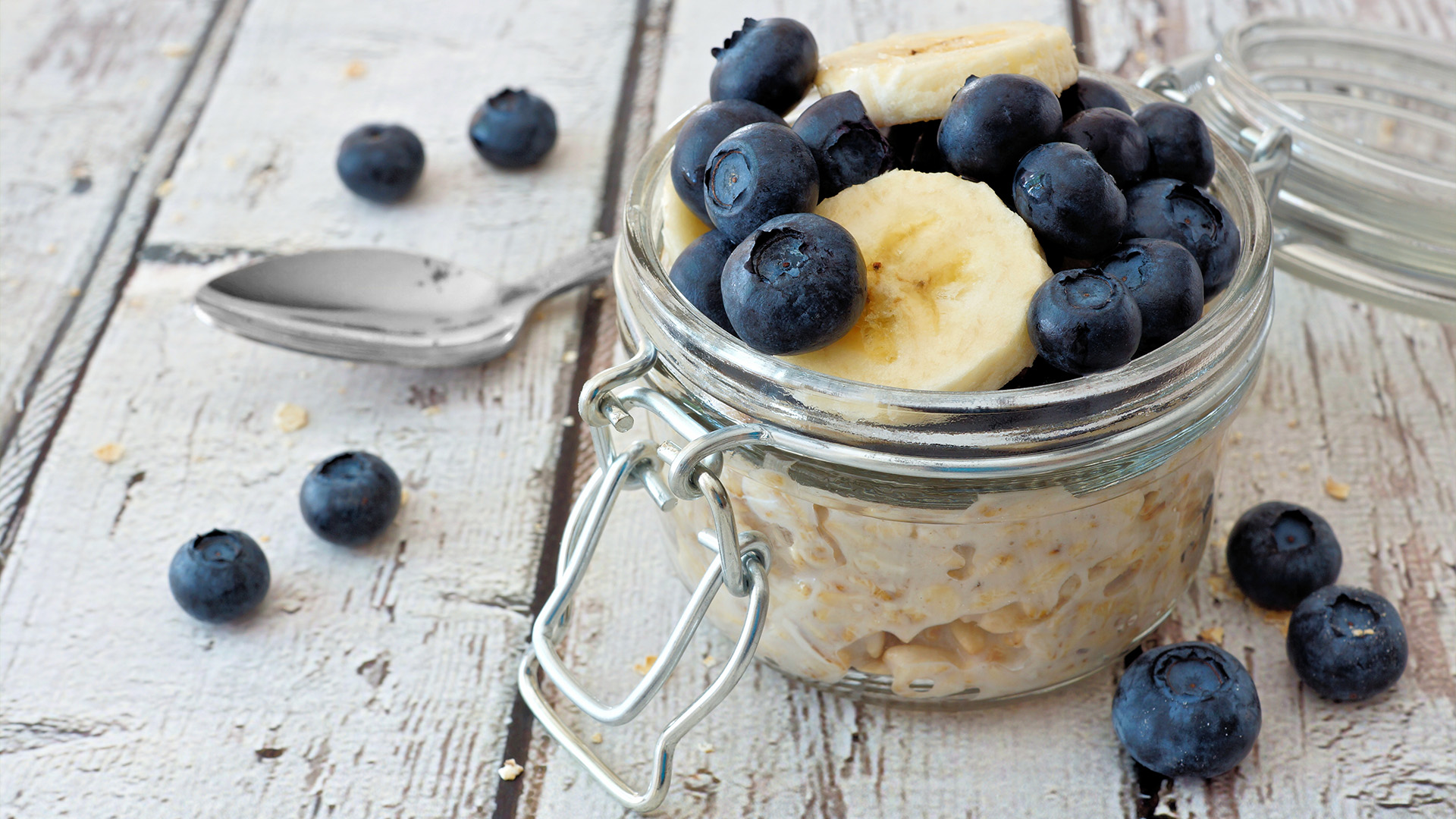



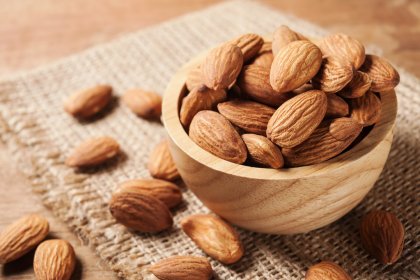

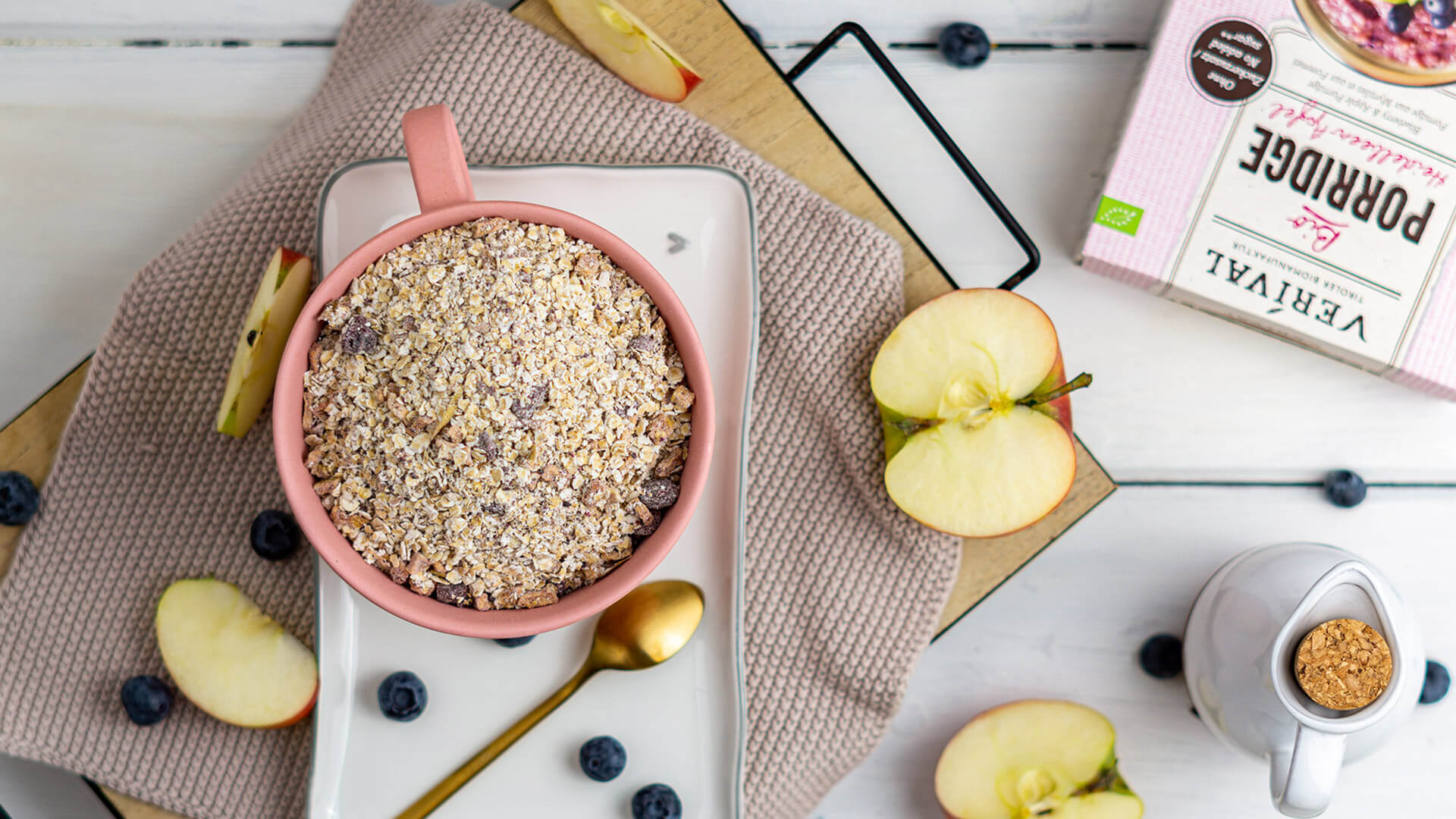

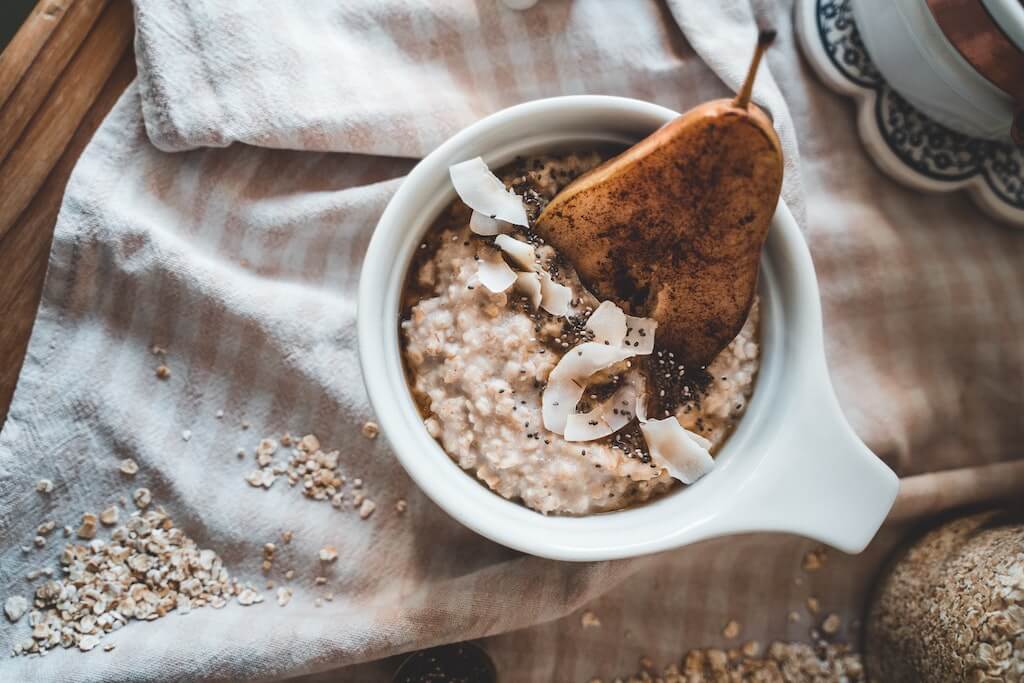
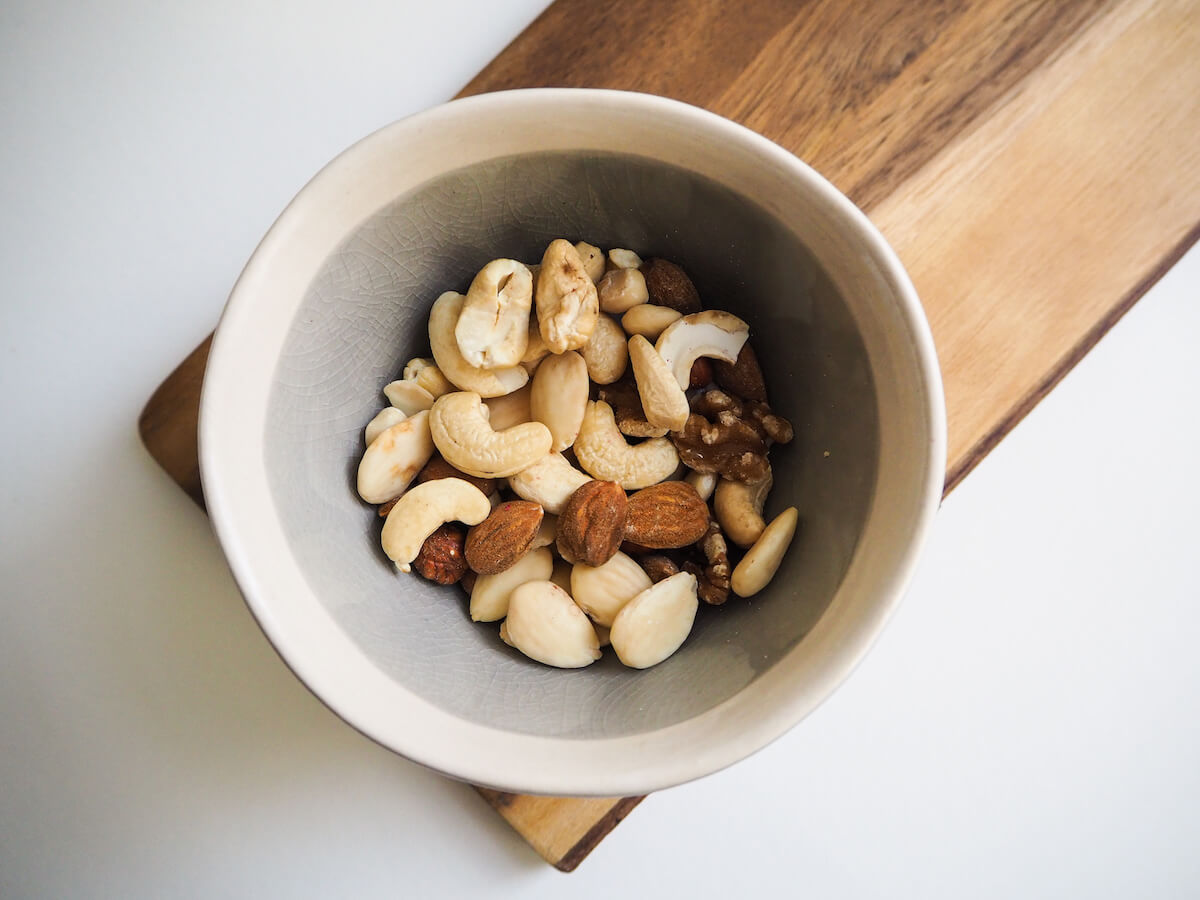

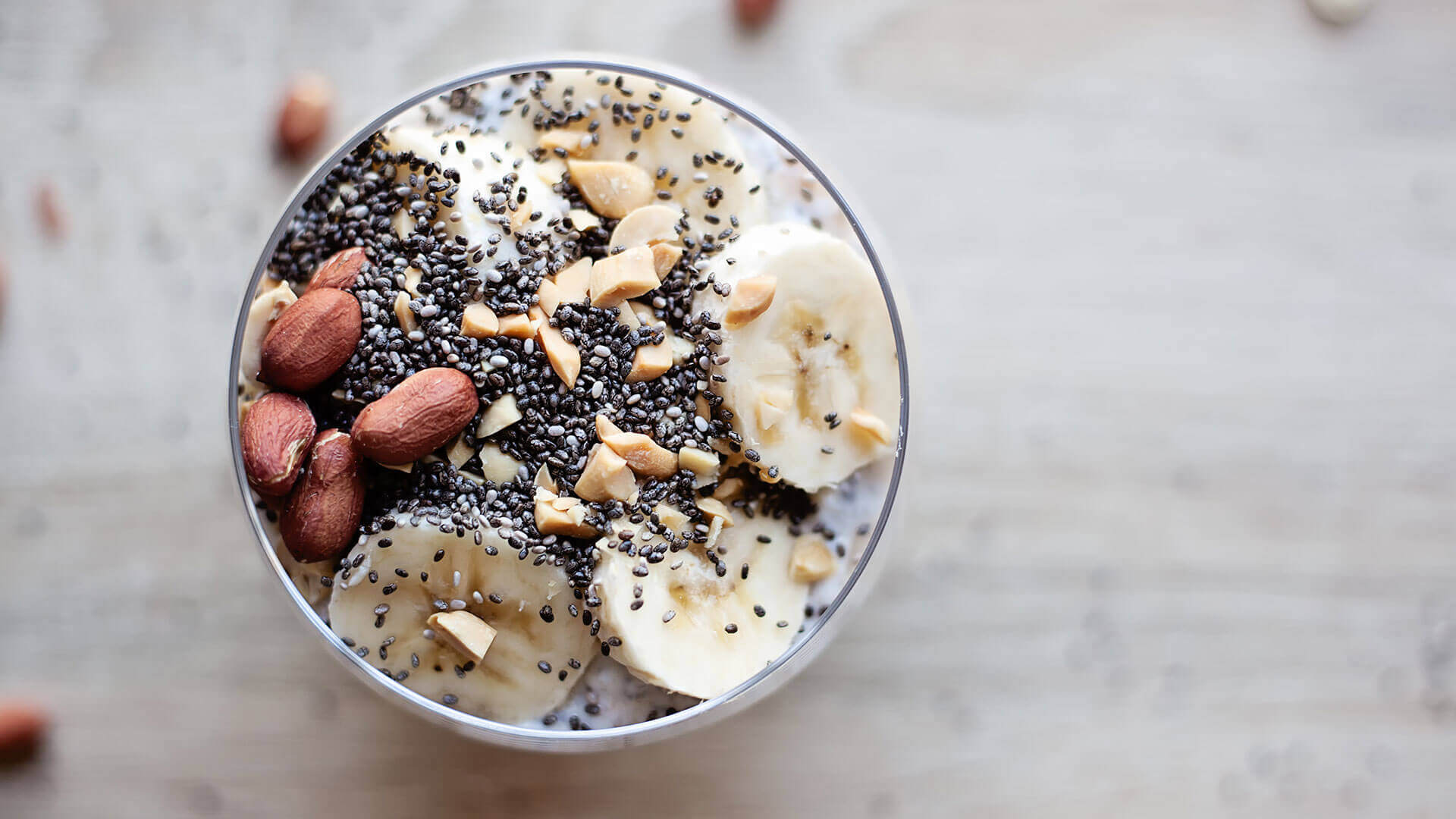

Do you like this post? Share it with friends: